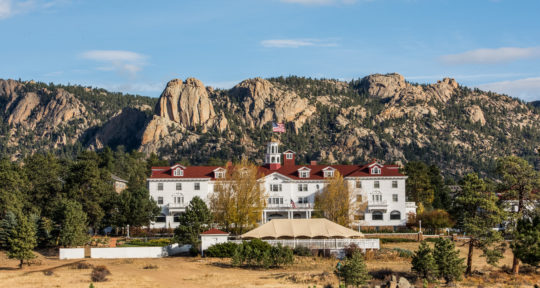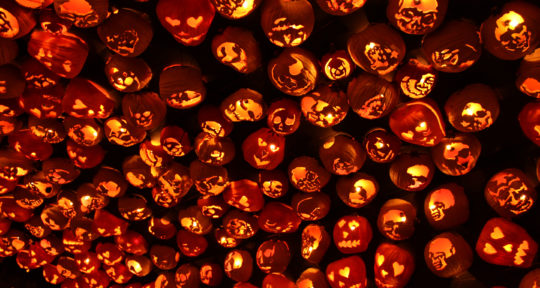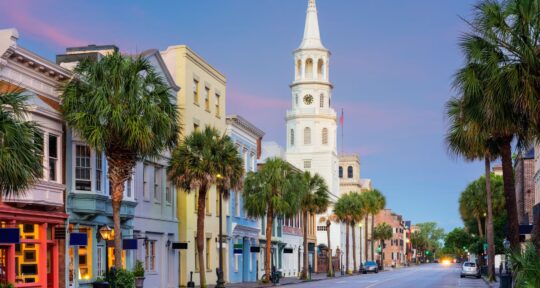When I visited the Berkshires in western Massachusetts in August and North Carolina’s Beech Mountain in early September, I had the same thought: I bet these sweeping forest vistas are even more spectacular when the leaves begin to change. Summer may be the official season for road trips, but fall foliage is also big business.
Although the fall color change is mostly a temperate zone phenomena (areas with warm summers and cold winters) leaf lovers around the country have plenty of opportunities to be wowed from early September until late November, according to Dr. Howard S. Neufeld, a biology professor at Appalachian State University in North Carolina. New England’s red sugar maples may get all the glory, but Neufeld, known as the “Fall Color Guy,” says Arizona’s golden aspens and the high elevation forests in Colorado and New Mexico put on spectacular shows of their own.
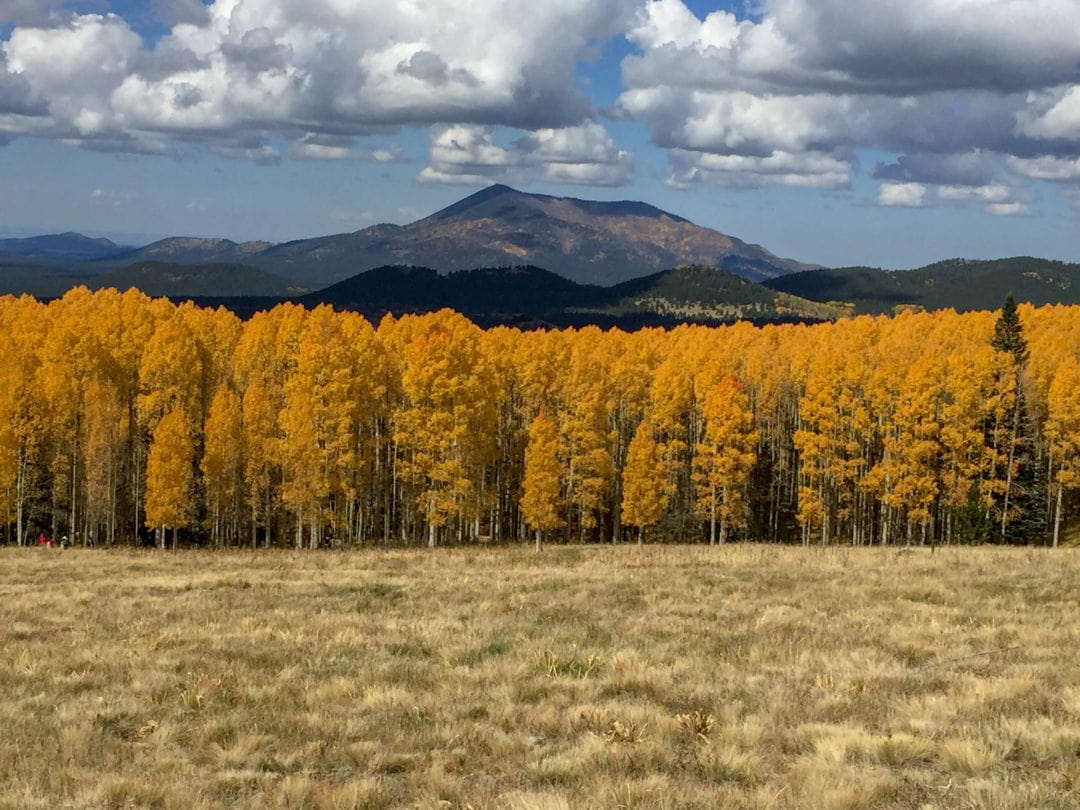
Neufeld says that the fall months are Asheville, North Carolina’s busiest tourist season. Once or twice a week beginning in early September, he travels along the Blue Ridge Parkway and back roads, tracking the trees’ progress. For more than a decade, Neufeld has published his findings in his weekly Fall Color Report. Although his focus is western North Carolina—from the Virginia border to the Great Smoky Mountains—Neufeld says that weather and temperature are the two main factors that determine any region’s fall color outlook.
“If September is unusually warm, it’s going to delay the colors and make them duller, especially the reds,” Neufeld says. Although it’s generally thought that an early spring will be followed by an early fall, “everything can be overruled by what happens in September,” he says. “You can’t really predict the weather more than 10 days in advance. People ask me in July if it’s going to be a good fall color year and I just don’t know.”
Mountainous regions offer an extended fall color season (not to mention those sweeping, multi-color vistas I could only imagine in the summer). “You could have an 8-week fall color season if you followed it from the peak elevation all the way down to the coastal plain,” Neufeld says. “It would be a great road trip.”
Whether you’re on the road for weeks or just the weekend, here are some of Neufeld’s expert tips for making the most of a fall foliage road trip.
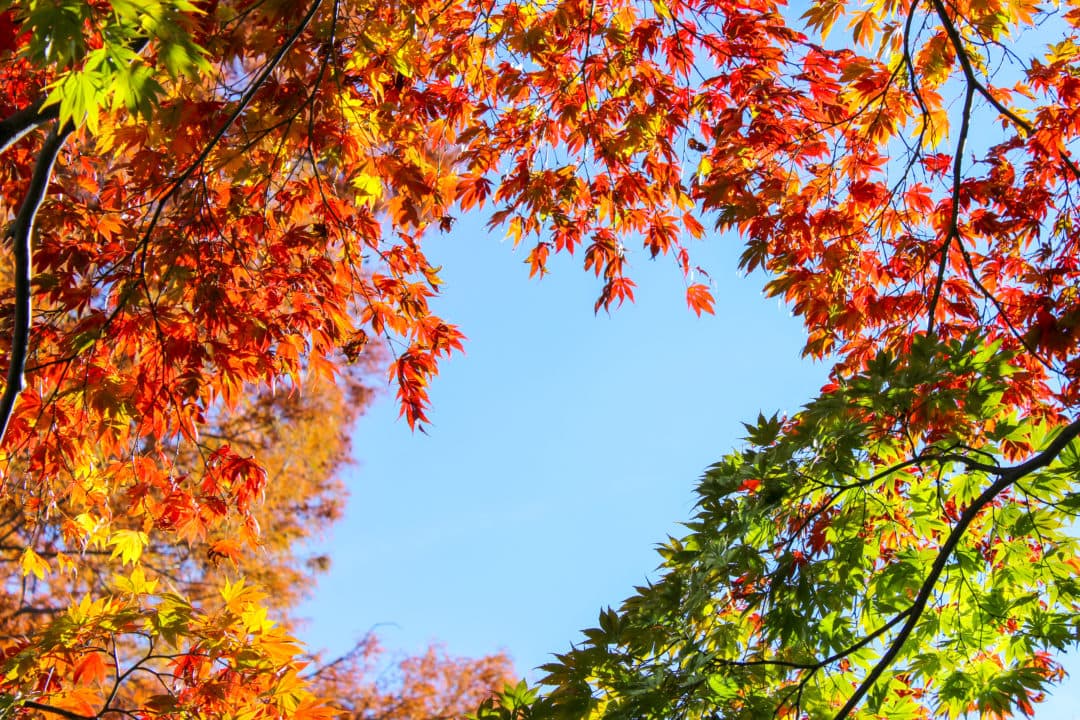
1. Watch the weather
According to Neufeld, most states or regions put out their own respective fall color forecasts, which he encourages people to consult before planning a trip. Sunny days, adequate rainfall, and cool nights make for the best colors. Unseasonably warm or dry years can delay or dull colors, and drought can cause trees to drop their leaves before they’ve had a chance to change at all.
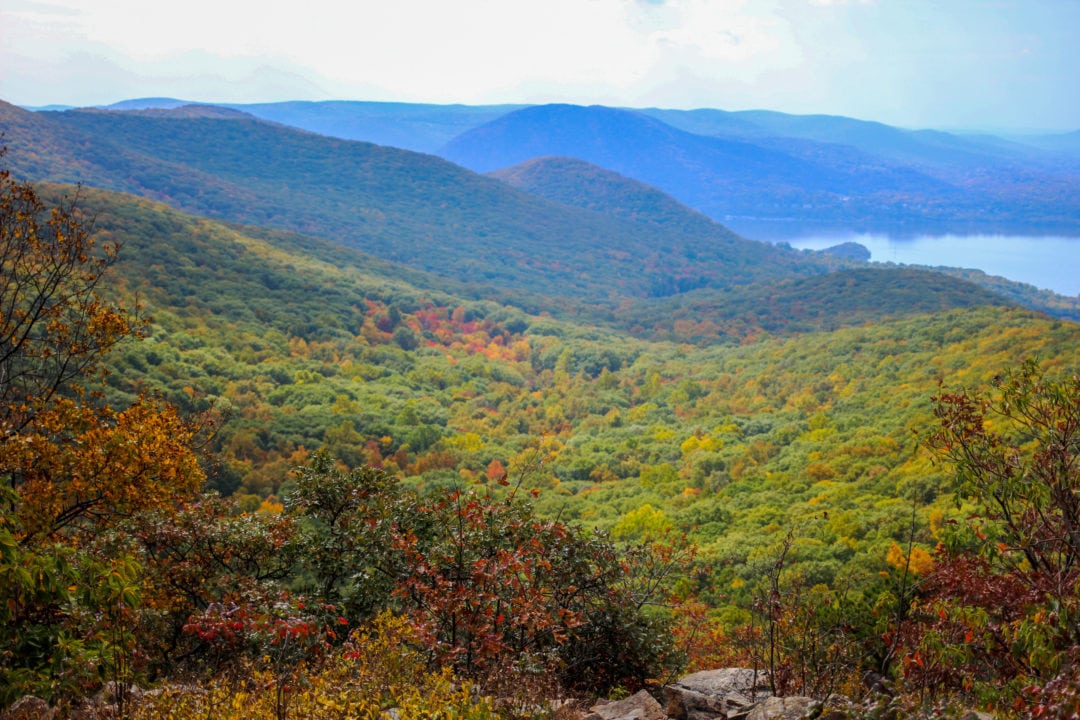
2. Elevation is critical
Leaves start to change first at higher elevations, so even if you’ve missed the beginning of the fall color season, just decrease your elevation until you find trees at their peak. Neufeld says that every 7 to 10 days the wave of color change “descends another 1,000 feet.” Overlooks provide the best chance of spotting the most variety of colors, and Neufeld notes that the Southern U.S. has a higher diversity of tree species than the North: “We have 150 different species of trees—the most of anywhere in the U.S—and more diversity gives fine grain color versus the big splotches of color you’ll find in New England.”
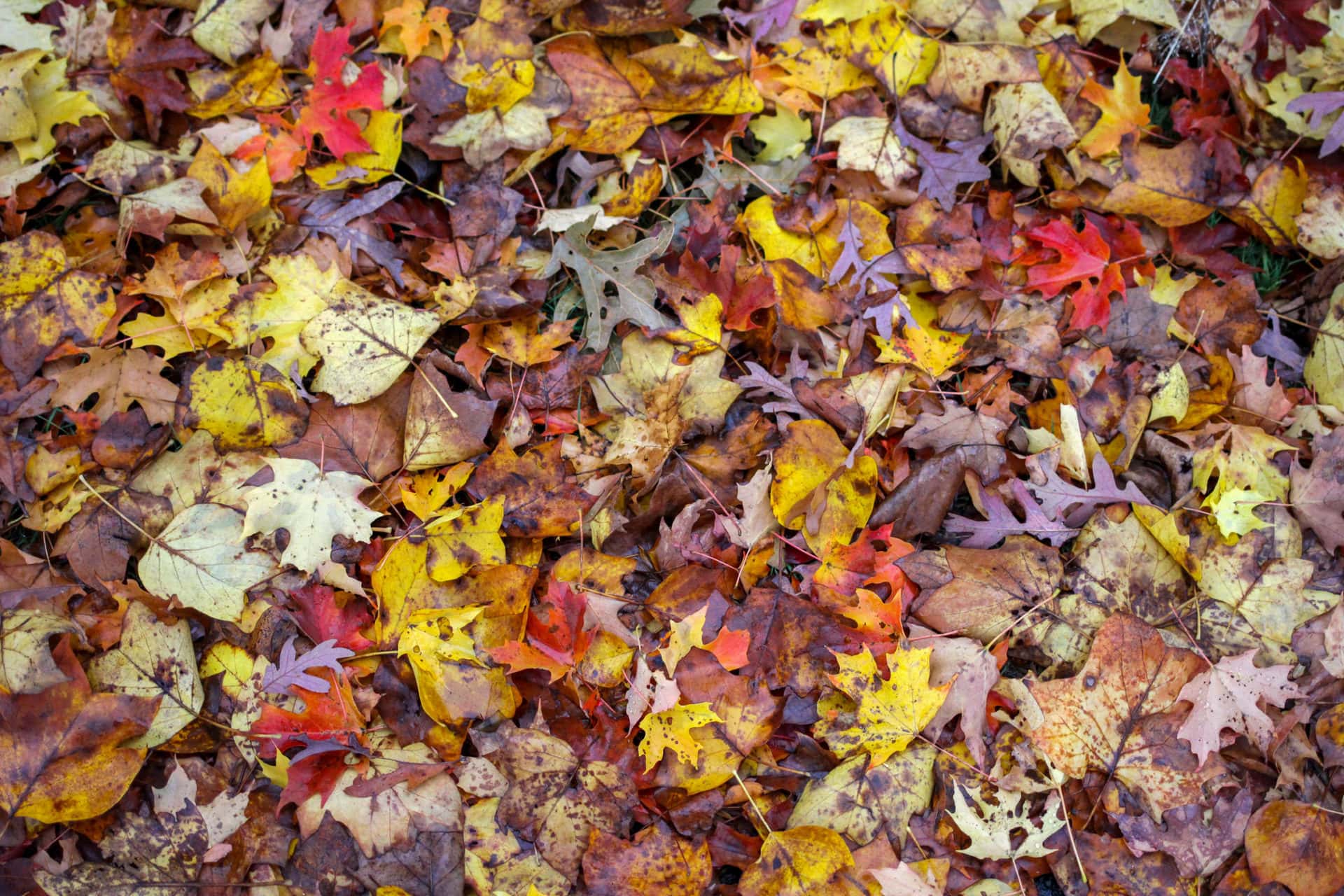
3. Take a hike
“If more people get out to see nature, they’ll develop an appreciation of it, which is important for conservation efforts,” Neufeld says. While scenic drives such as the Blue Ridge Parkway offer plenty of leaf peeping opportunities, Neufeld urges people to get out off the road and take a hike. “Fall color gets a lot of people out to see nature,” he says. “It’s a comfortable time of year—the air is brisk and you can go hiking without worrying about heat stroke.” Temperatures may be more mild, but they can still change rapidly throughout the day so it’s best to wear layers.
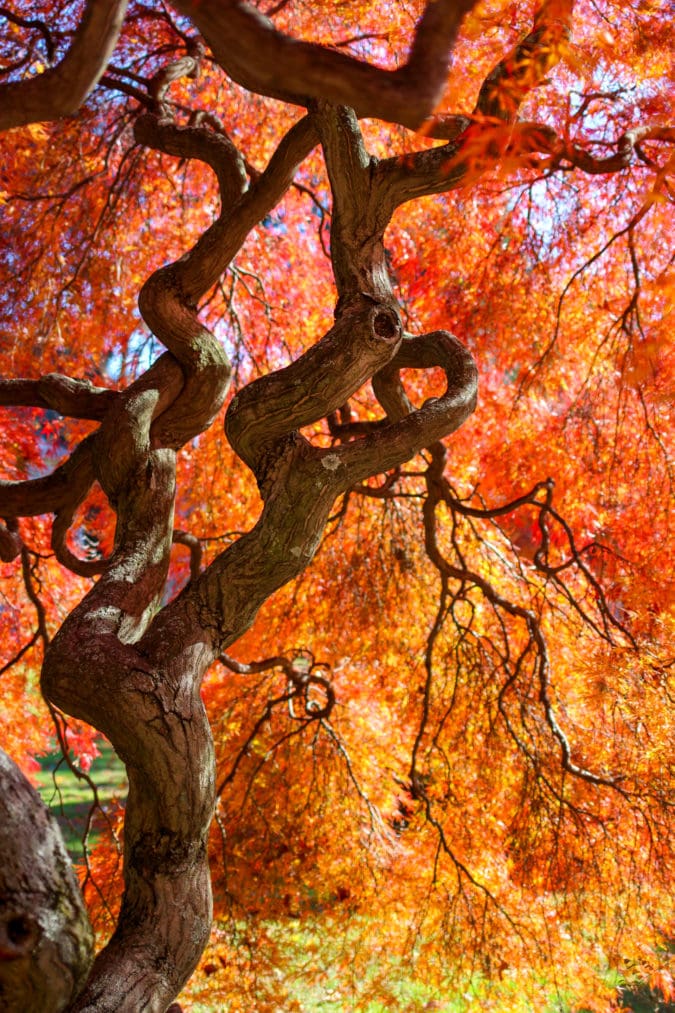
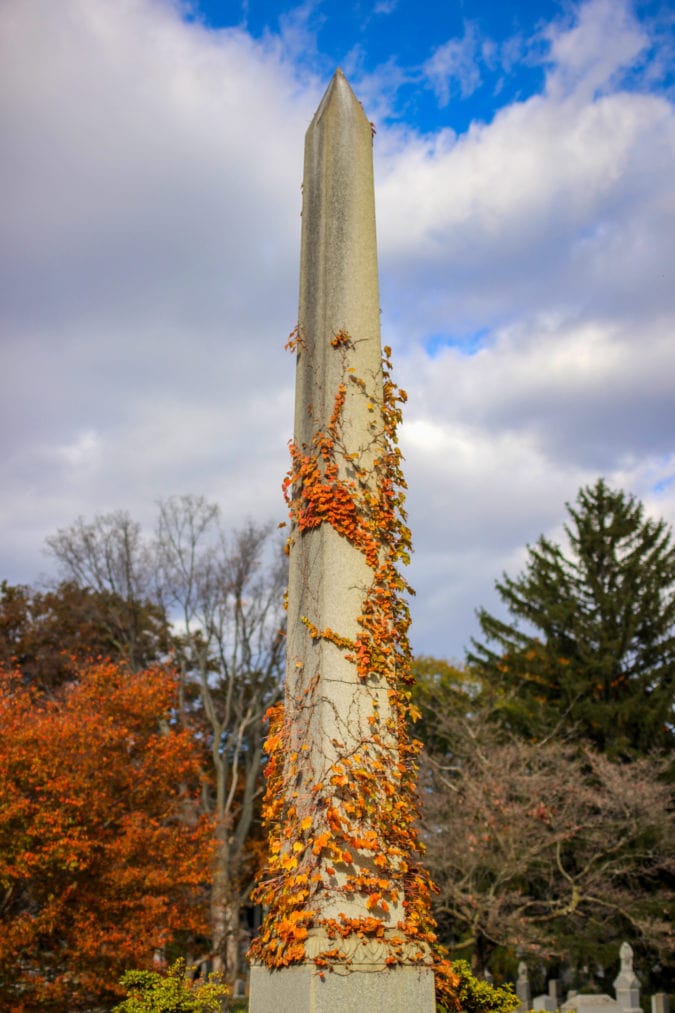
4. Go early on a weekday
No matter the fall color forecast, destinations known for their brilliant displays are always popular; parking lots and well-known trails fill up fast, especially on weekends. When it comes to fall foliage, the early tourist not only gets the best parking spot, but the best photo-op as well: When the sun is at a low angle in the morning, colors appear brighter and landscapes are more photogenic. Neufeld suggests channeling Frost and seeking out the road (or path) less-traveled by. And look for color in unexpected places—the Virginia creeper vine, which grows on the trunks of evergreen trees, turns bright red in the fall.
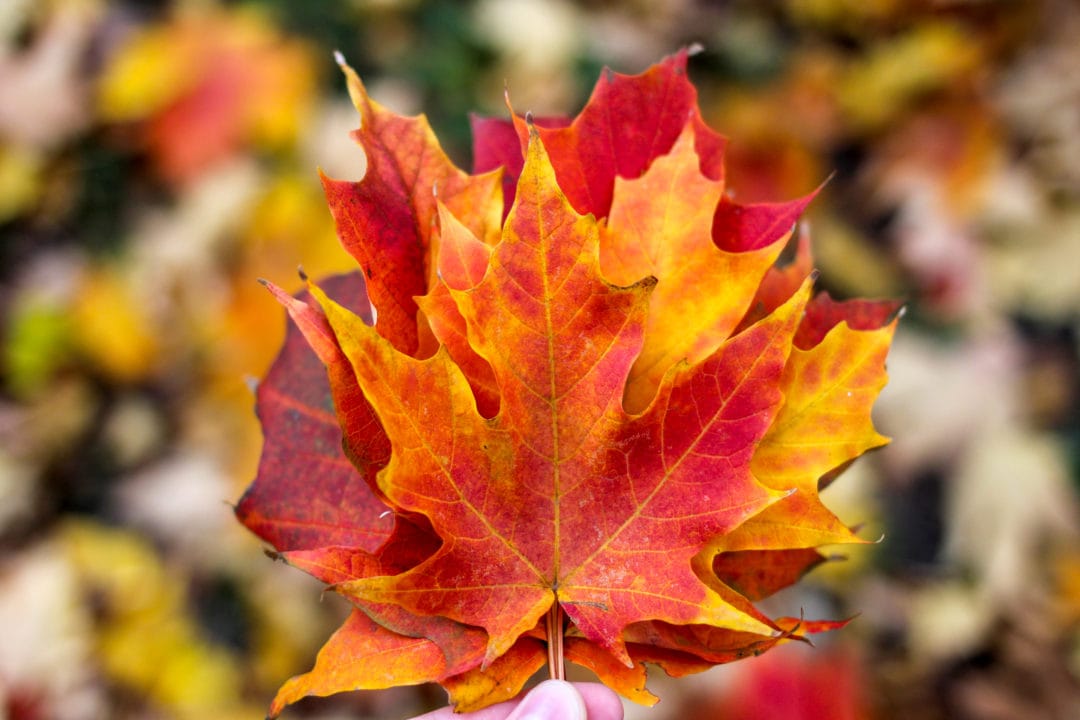
5. Take a (small) souvenir
Fall is fleeting and fickle, which is part of what makes the season feel so special—but you can make it last just a little bit longer by taking a souvenir home with you. Leaves that change color are destined to fall to the ground eventually, so Neufeld says he’s “not worried about people taking a leaf here and there.” But don’t get greedy: Fallen leaves decompose eventually, infusing the soil with necessary nutrients; try to follow Leave No Trace principles when possible.
For a DIY souvenir, place a leaf between two sheets of newspaper or other absorbent paper and press flat between the pages of a book. Let it dry for a week or so and carefully place in a frame or between layers of plexiglass. The leaf may be brittle, but “the color tends to preserve quite well,” Neufeld says.
A Few of Our Favorite Fall Foliage Road Trips
Check out these road trips our users have built for oyu to find some of the best fall foliage in the country. And to build you own fall foliage trip, be sure to check out Autopilot™ – our trip planner that’ll build a trip for you based on 38 million real life trips.
Best Fall Foliage Around The U.S.
Northern Arizona Fall Foliage Road Trip
Lake Michigan Fall Foliage Road Trip
New England Fall Foliage Road Trip
Fall Foliage Roadtrip in the Southeast
Fall Foliage Roadtrip in the Pacific Northwest
Leaf peeping roadtrips can be had just about anywhere in the U.S. The tips above will help you to time it right, pick the right routes, and line up everything else you need for an epic and colorful trip.

